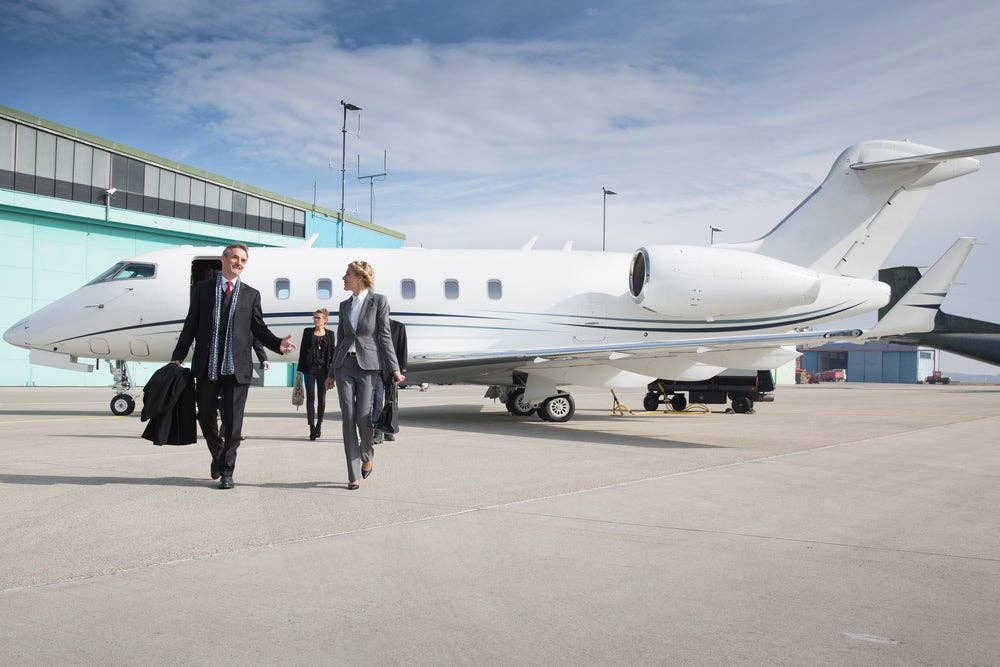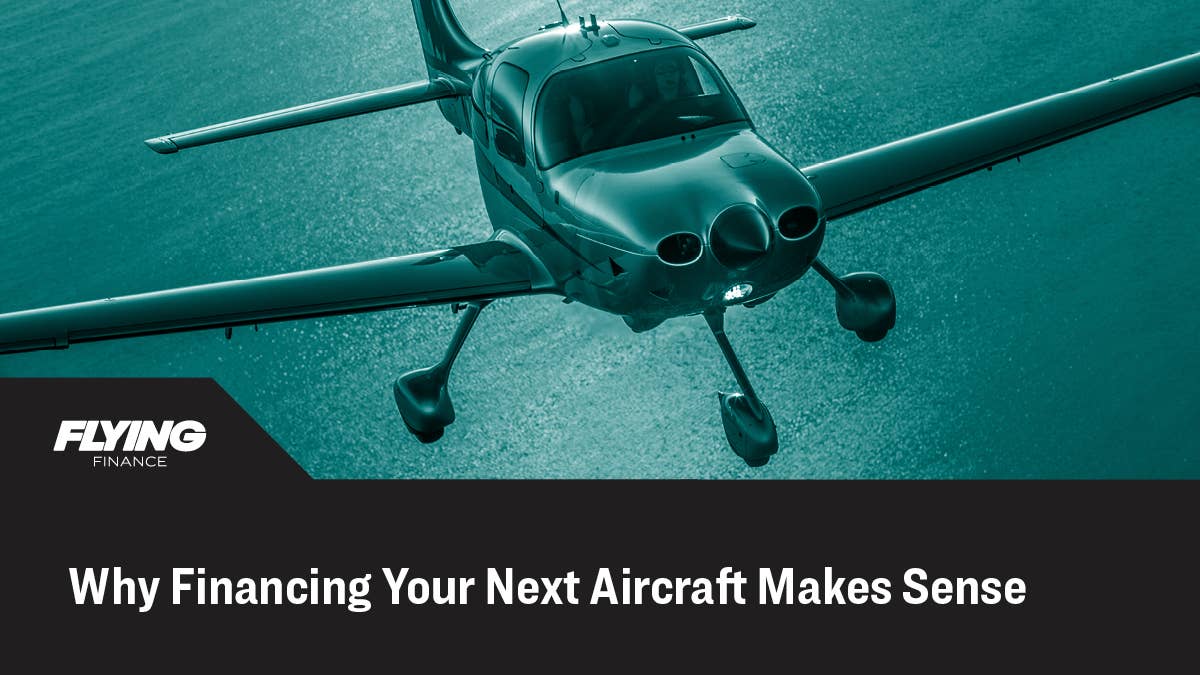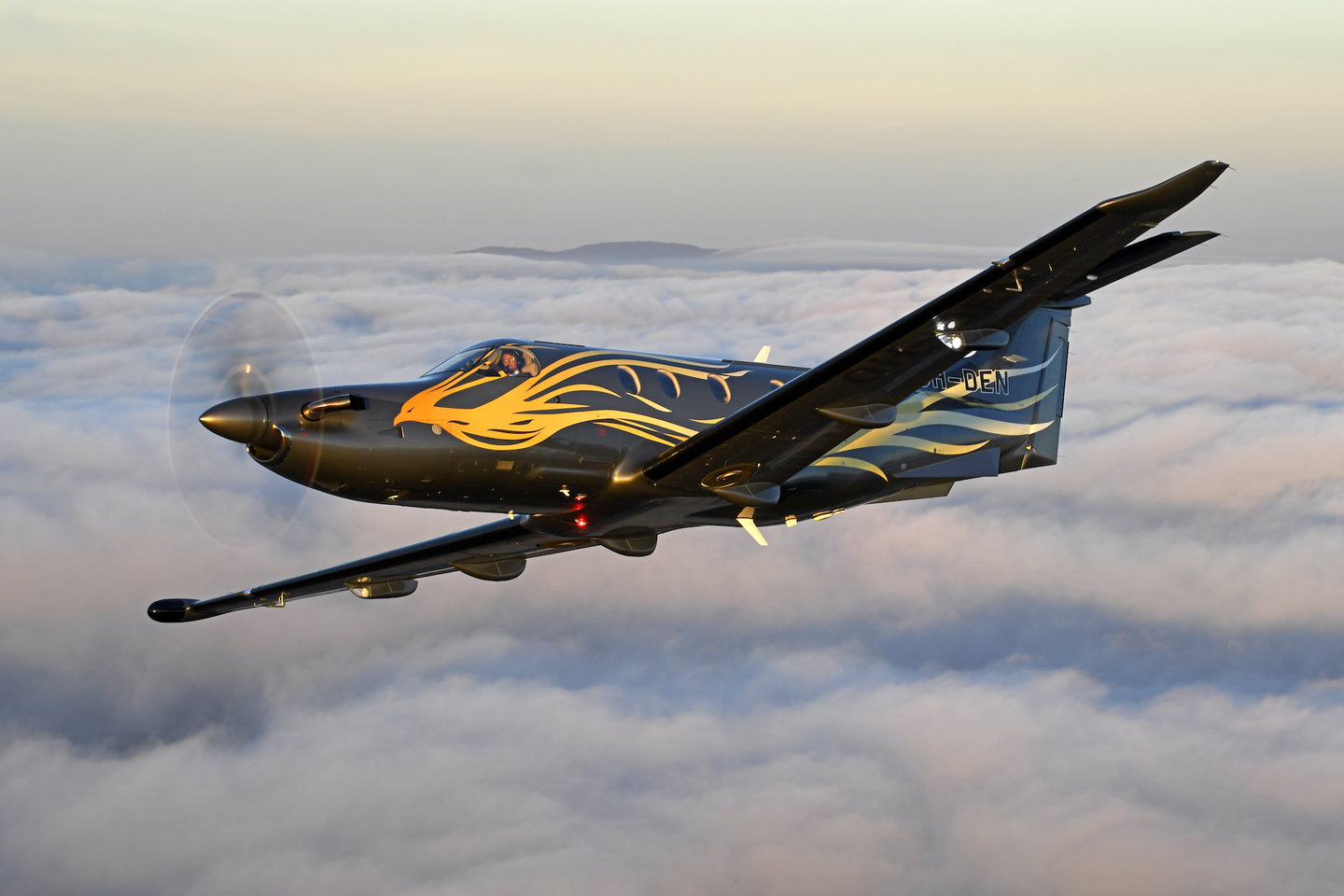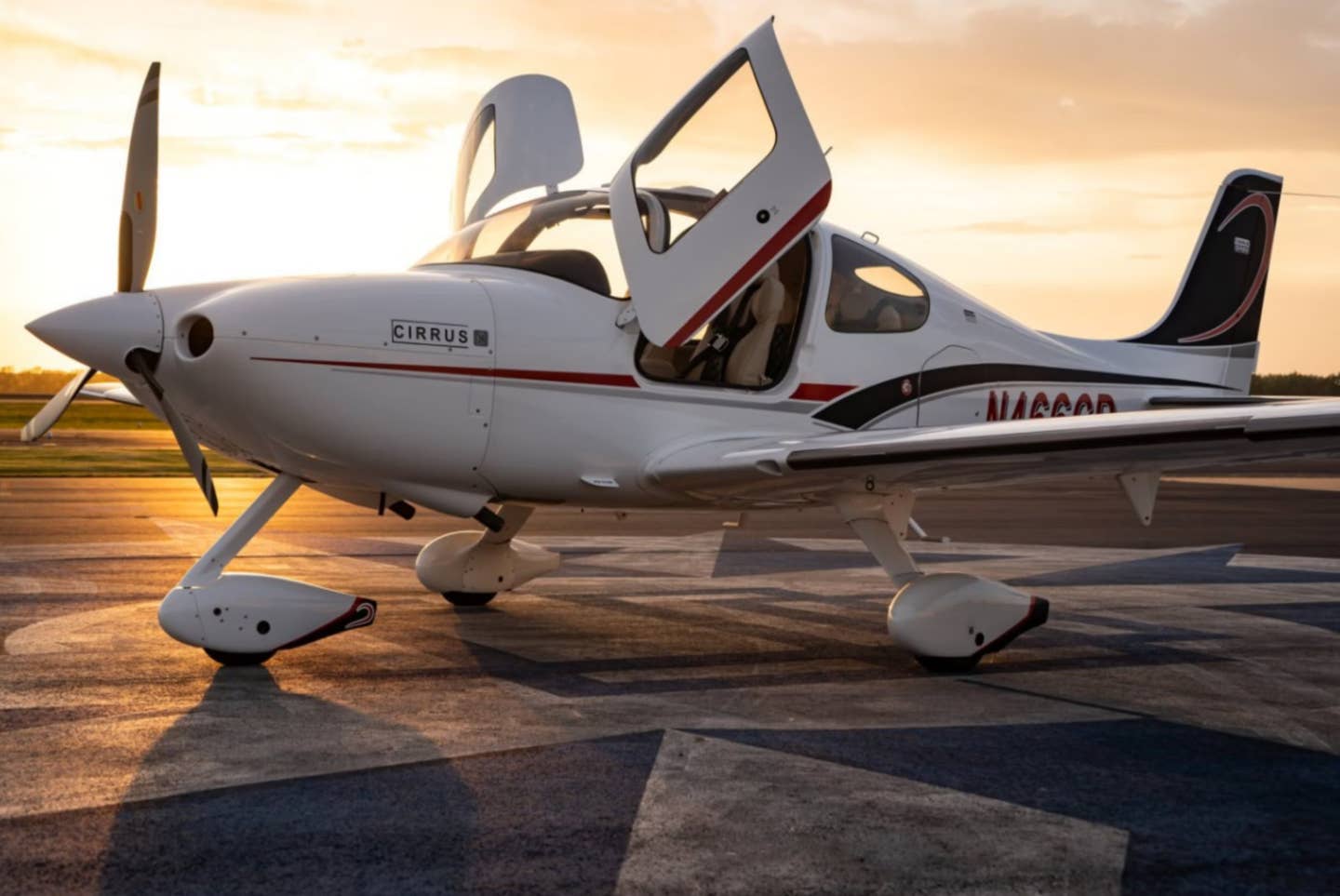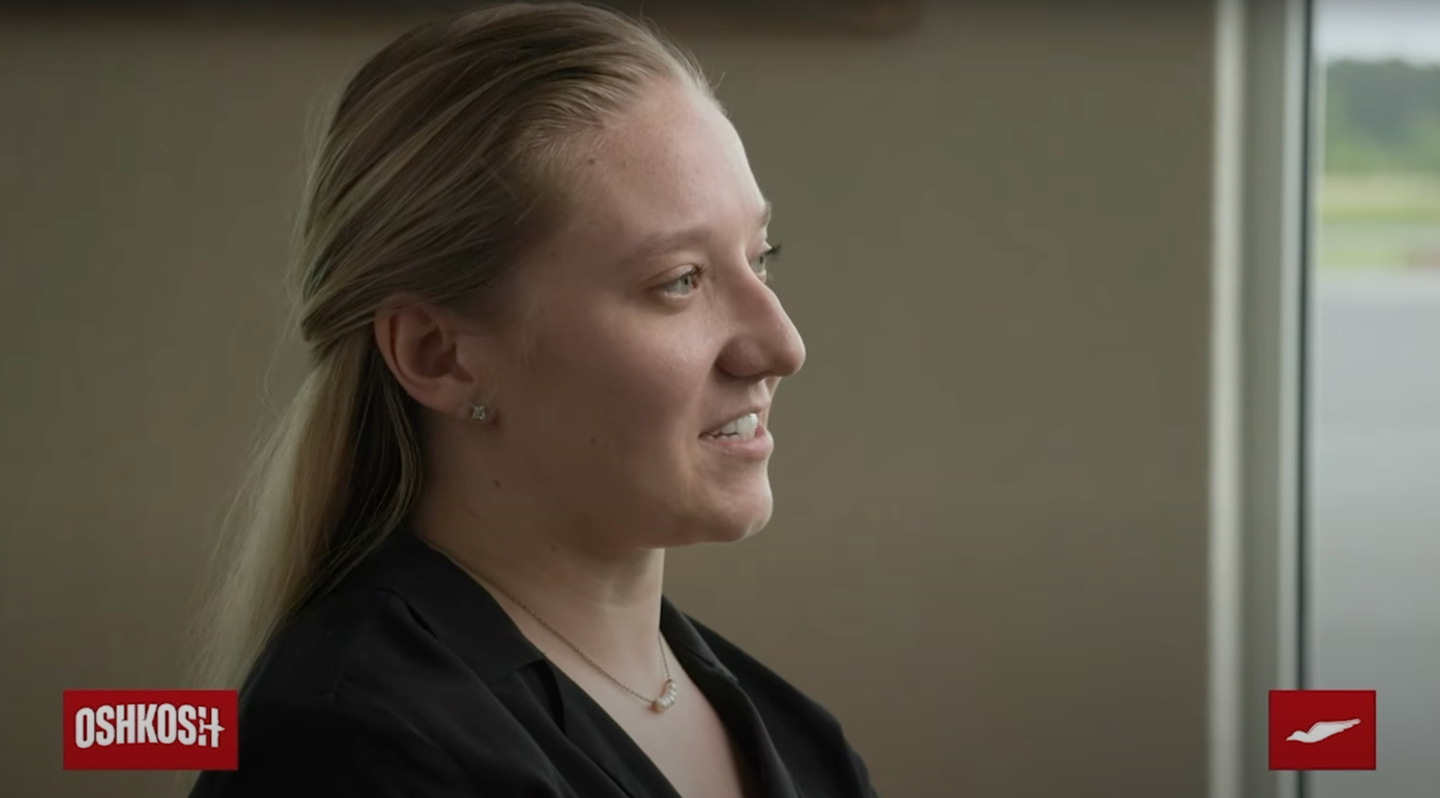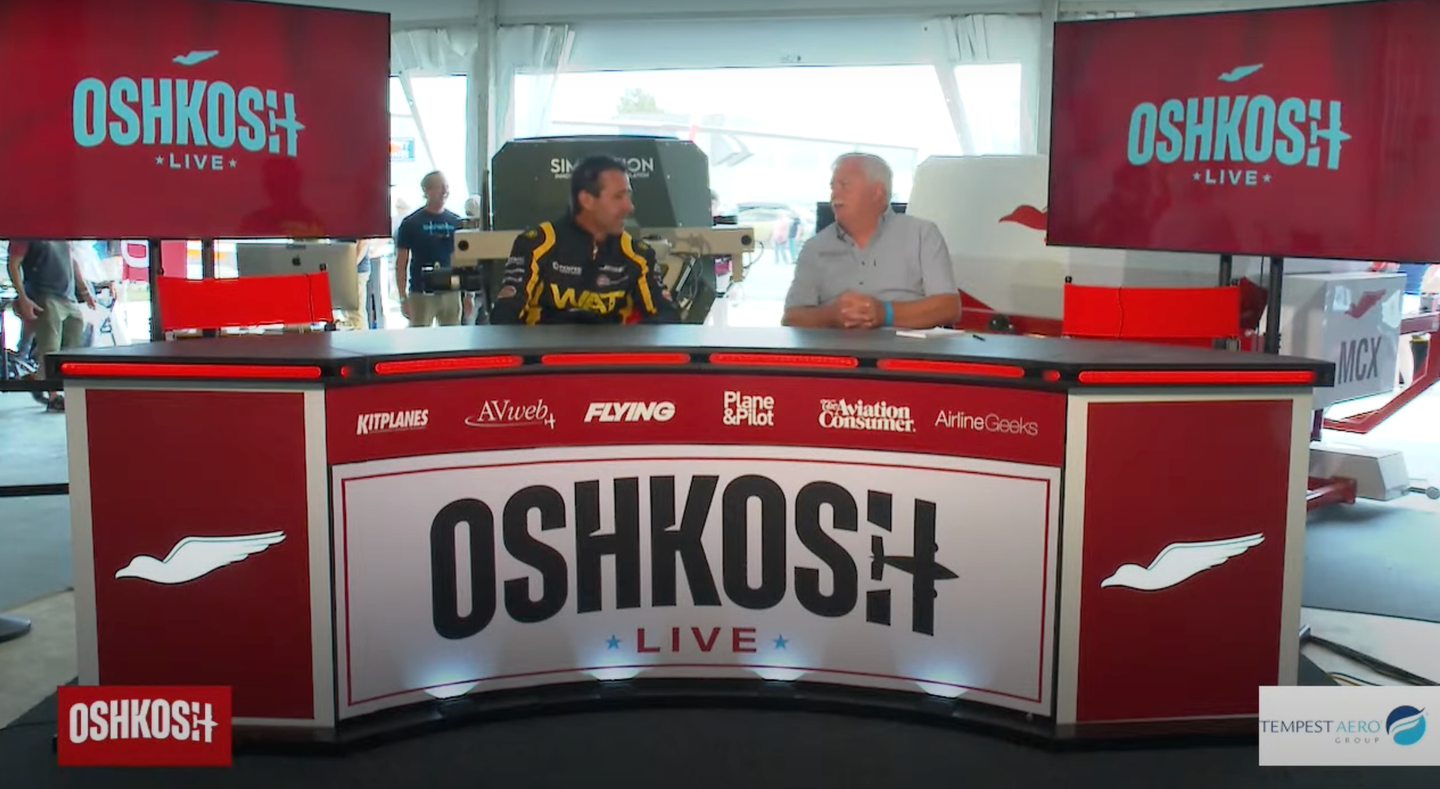
[Screenshot]
Michael Goulian, aerobatics pilot for Whelen Aerospace Technologies, is one of North America’s most decorated aerobatic pilots, with years of experience in running flight schools, flying airshow exhibitions, and competing in the Red Bull Air Race World Championship.
AVweb editor-in-chief Russ Niles had the pleasure of joining Goulian at EAA AirVenture in Oshkosh, Wisconsin, to delve into the details of airshow circuit life.
According to Goulian, he’s often asked why he still performs dangerous stunts after nearly three decades of aerobatics.
“The biggest thing for an airshow pilot is that every day is different—the weather conditions, the wind, our fitness, the airplane, the terrain, the airport,” Goulian said. “Every time you take to the air to do an airshow, it’s a huge challenge, so you never get bored of it. At Oshkosh, you’re here with thousands of your closest friends who are all watching you fly, and you have to bring your ‘A’ game. That keeps it exciting.”
As aviation technology has improved, aerobatics and competitive flying have also reached higher limits and become more dynamic. Composite propellers, carbon fiber frames, and other advancements in material and equipment production have expanded on what aerobatic pilots can accomplish.
“It’s hard to overstate how much better maneuverability is than it was just 20 years ago,” Goulian said.
Similarly, the airshows themselves are more in depth.
“A few decades ago, pilots would fly on their own,” he said. “Today, we all have coaches. We have teams watching and guiding from the ground. We have telemetry in our aircraft. These improvements to technology and process mean that airshows like EAA AirVenture have much higher production quality.”
Each year, a host of pilots and teams like Goulian’s travel across the country to perform at a variety of locations. The airshow circuit in North America follows the weather, typically starting in Florida, moving up the East Coast, winding through the Midwest and down to Texas, hitting sunny California in the fall, and finally returning to Florida again at the end of the year.
Goulian flies roughly 18 shows each year, between smaller community events and larger-scale industry events.
“We have a tractor trailer that does about 50,000 miles a year,” he said. “The airplane does about 200 hours per year cross-country, and we have a whole team. It’s really a big circus on the road and in the air.”
One of the highlights of the aerobatics for Goulian and his family is the close-knit community that has developed around the airshow circuit.
“Your heroes become your friends,” he said. “I have friends all over the country, and because I was in the Red Bull Air Race, all over the world. We travel with the [Air Force] Thunderbirds, the [Navy] Blue Angels, [aerobatic pilots] Rob Holland, Kevin Coleman, Kyle Franklin, and Matt Younkin. We’re all like a big family.”
AirVenture, arranged annually by the Experimental Aircraft Association, is the biggest aviation event on the calendar, with nearly 700,000 attendees and more than 10,000 participating aircraft. For Goulian and other aerobatic pilots, Oshkosh is a special place.
“For me, the thrill of Oshkosh is all the [aerobatic pilots] who went before me—Charlie Hillard, Tom Poberezny, Gene Soucy, the French Connection,” he said. “You’re flying in front of a group of educated, amazing people who love aviation just like we do, and you’re on the same stage that the greats have been.”
In his own small way, Goulian wants to contribute to the legacy and history of EAA and AirVenture.
Goulian was raised in the aviation world his entire life, originally working in the flight school business with his parents. After making his own name in the competitive and airshow scenes, he returned to his roots and started Mike Goulian Aviation at two locations in Massachusetts (Bedford and Plymouth), with his wife. Now, in addition to the airshow circuit, Goulian runs two Cirrus Training Centers.
“We’re training people in upset recovery and aerobatics, as well as grass airport and back country flying, so we’re trying to make complete pilots with a range of skills,” Goulian said.
Thankfully, advances in training and technology have made it much safer for student pilots to learn their limits.
“I remember at flight school in the ’80s, you have a gyro with a vacuum pump and you’re worried about the clouds, but not as much today,” Goulian said.
With the technology moving as fast as it has, the complex airspace learning environment has become simpler for many pilots, aided by simulation training, solid state instruments, and more redundancies than ever.
“All I really hope is that the tech will continue to make it easier and more fun so more people can get into flying,” Goulian said.
BROUGHT TO YOU BY Whelen Aerospace Technologies
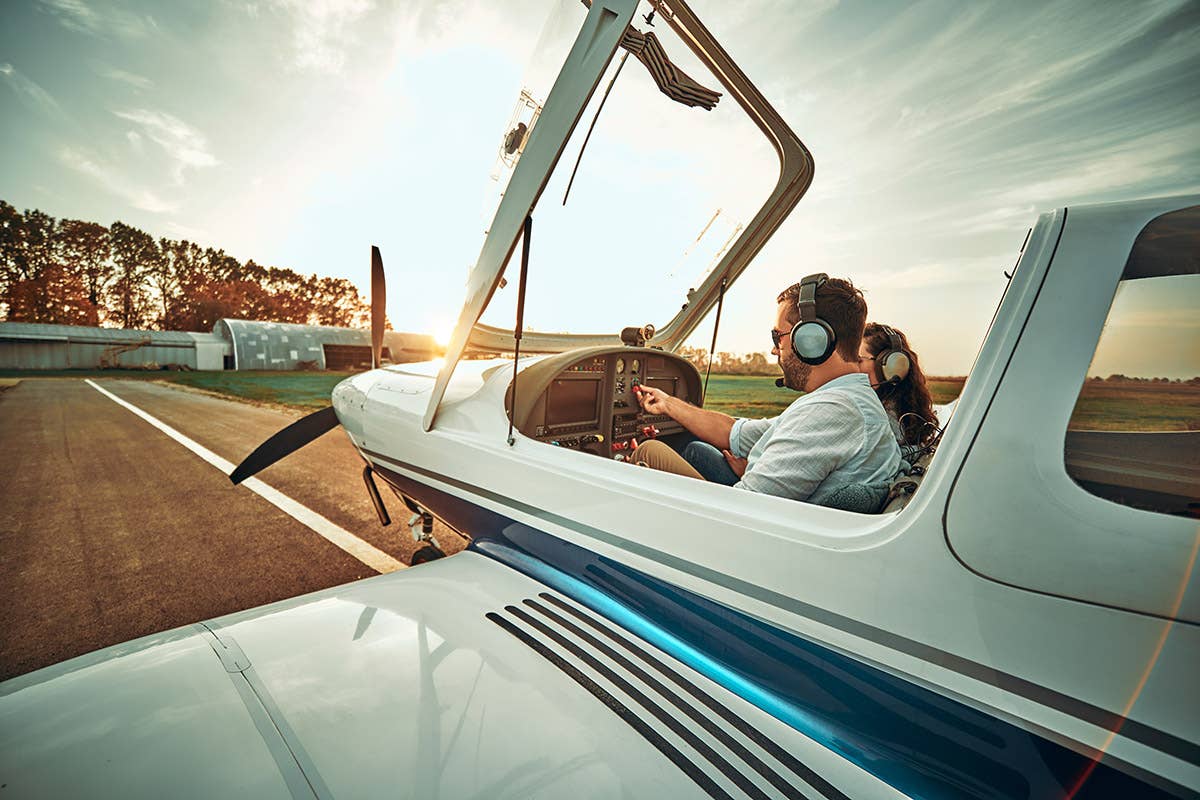
Subscribe to Our Newsletter
Get the latest FLYING stories delivered directly to your inbox

